Kim Haeng-seok’s family has been living in Jeju for 14 generations, or roughly 350 years. One of his long-ago antecedents must have done something to offend the king (Hyeonjong [r. 1659–1674] or Sukjong [r. 1674–1720] if Haeng-seok’s guess is correct) because he was sent into exile. Jeju, by far the largest of Korea’s islands at 708 square miles, was often used for that purpose during the Joseon dynasty.
My former English student in Seoul, Haeng-seok runs Gotcha, a car-cleaning business in Jeju City. His fiancée, who I was meeting for the first time, is named Kim Bokyoung. She is the proprietor of Financier, a “multi-dessert” café, and does some real estate work on the side. Their nuptials are set for October 15; since I may be indisposed at that time I decided to go to Jeju over the three-day holiday celebrating Korea’s independence.
On Saturday morning, I rode the subway to Gimpo, site of Seoul’s older and now secondary airport. Carrying an e-ticket arranged by my colleague Kim Hui-won, I was soon on an Asiana jet airplane heading south. My husky friend (about 6′ 2″ and 210 pounds of pure muscle) was there to greet me at Jeju International Airport around 1 p.m. We got into his hybrid KIA and drove to his mother’s Chinese restaurant for lunch. Although she was on the premises, she could not be persuaded to come out and say hello. I asked several times, but Haeng-seok assured me that she was just too busy. I also did not meet his father, about whom he has told me some interesting stories. Dad, he said, was on a fishing boat off the coast of Hallim.
Haeng-seok brought me to the Park Side Hotel, my home for the next two nights—cheap at 25,000 won per. From there, we drove to Financier. Bokyoung made us a tasty strawberry/cheese/ice concoction. Haeng-seok, sort of her partner behind the counter, split time between helping his woman and talking to me. I had brought Korean Travels, parts 1 and 2, for the edification of Financier customers. I opened the former to page 122 and urged Haeng-seok to start reading it aloud. This, I thought, would be a clever English lesson as well as a way to reflect on my first visit to Jeju back in September 2011. He struggled and was grateful when I called the exercise to a halt.
The three of us later went out to a restaurant that specialized in pork dishes. We drank enough makkoli that when it was time to leave, Haeng-seok had a guy drive us; he did not want to risk arrest and detention.
Haeng-seok arrived at the hotel on Sunday morning, and we began motoring in a southwesterly direction. Wherever you are on Jeju island you can see Hallasan, the big dormant volcanic mountain at its center. I fondly remembered climbing to its peak 11 years earlier. This time, however, I would not get in the vicinity. At my request, we went first to the Jeju Folklore and Natural History Museum. I was especially interested in learning more about Tamna culture. Living 60 miles south of what is today South Jeolla Province, these people had developed their own language and ways of living. Modern humans first came to Jeju—presumably from the mainland—about 9,000 years ago, and Tamna culture evolved in isolation.
Still in the city, we passed by a lively park scene with kids playing in a pool and musicians up on stage. “Let’s take a look,” I said to my host. He parked, and we spent an hour watching and listening to the 18th annual Jeju International Brass Competition.
On we drove, to a historical site I found both ludicrous and fascinating: Samseonghyeol. Legend has it that the island was uninhabited until three demigods, all brothers (later representing the Yang, Go and Bu clans), emerged from three holes in the ground. Soon three princesses from the kingdom of Byeongnang docked on the east coast in a large wooden ship. They brought cattle and seeds. The demigods and princesses bathed, had a wedding and consummated their relationships. It was not long before the island abounded with people, animals and food. Here we have the founding mythology of Jeju, distinct from that of Dangun on the mainland. By the way, annual services are still held at Samseonghyeol commemorating these pseudo-events.
Our next stop, the Museum of Sex & Health, was almost on the south coast of the island. If I had known we would drive so many miles and for such an inane matter, I would have made other suggestions to Haeng-seok. That’s probably too harsh, as this 75,000-square-foot museum did a good job of shedding light on a subject that is usually locked in the dark. And why should I quibble with its emphasis on safe sex, satisfactory sex, harmonious sex and healthy sex, or its assertion that the primary erogenous zone is the brain? I cannot say that I learned nothing, as the museum had an interesting section on sacred sexuality in ancient Egypt.
We then drove to the Gosan-ri district on the west coast—more specifically to Suwolbong, a peak that serves as an observatory of both sea and land. We had come to give some business to a nearby shop where low-slung, fat-tire e-bikes were for rent. The man in charge told us he had no insurance, so we would ride at our own risk. Understood. We paid 10,000 won each, strapped on helmets and tooled up and down the coast for 40 minutes, passing rocky black-basalt beaches and hooting loudly. We came to one historical marker stating that there, late in World War II, the Japanese had stored suicide boats and ammunition as they prepared for the advance of U.S. troops in the area. When we returned to the shop, I asked the owner if we could ride for another five minutes and he let us do so. I tell you, this was exhilarating.
Back in the city, Haeng-seok, Bokyoung and I had lamb cooked on skewers right at our table. We discussed their pending marriage, their jobs and the possibility that they might move back to Seoul (her hometown) in a few years. I was surprised to hear of such a plan, since they are living on this fresh-air paradisiacal island sometimes referred to as the Hawaii of Korea. As I see it, Jeju is a place to come to, not leave.
Before Haeng-seok arrived on Monday morning, I had time to take a 30-minute walk. Most of it was done in and around Summu Park, adjacent to my hotel. I saw many people—mostly “old” ones, I admit—walking, lifting weights, stretching and playing badminton. Rather incongruously, it featured a decommissioned steam locomotive that used to run from Busan to Sinuiju in far North Korea. It had been put on a ferry and sent to Jeju in 1978 by President Park Chung-hee so local children could have the opportunity to see an actual train.
On the way to the airport, Haeng-seok and I stopped at Starbucks. As I sipped on a delicious green tea latte, he made and received a few phone calls. This guy, whom I like dearly, had been on his phone too much during our travels around the island. If it wasn’t his fiancée, it was a friend or colleague or customer wanting his or her car cleaned (or issuing a complaint). At any rate, we had a warm goodbye at the airport. Jin Air, a low-cost carrier, would take me back to Seoul. On the way, I finished reading College Football and American Culture in the Cold War Era by Kurt Edward Kempner; I would give it four stars out of five.
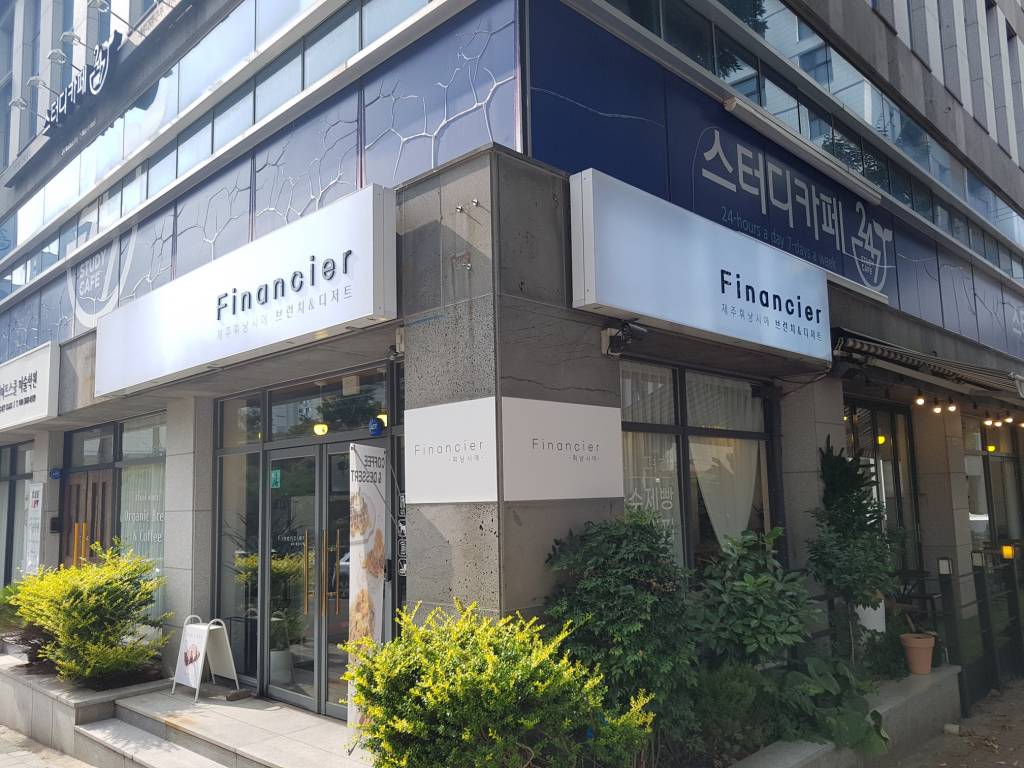
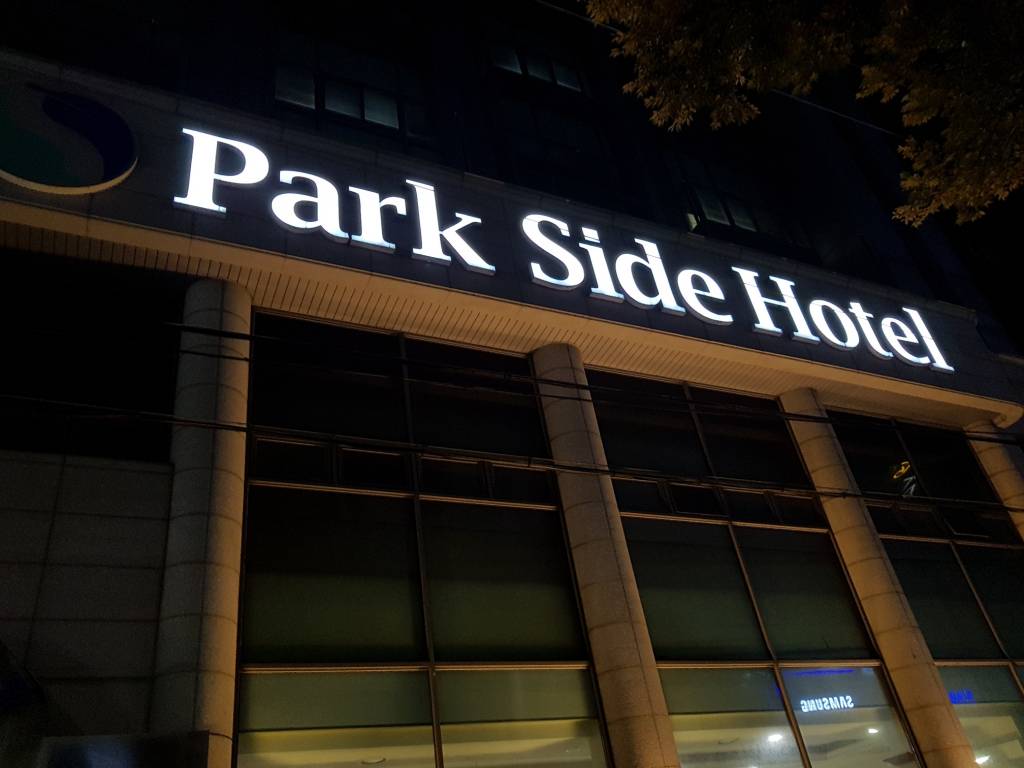
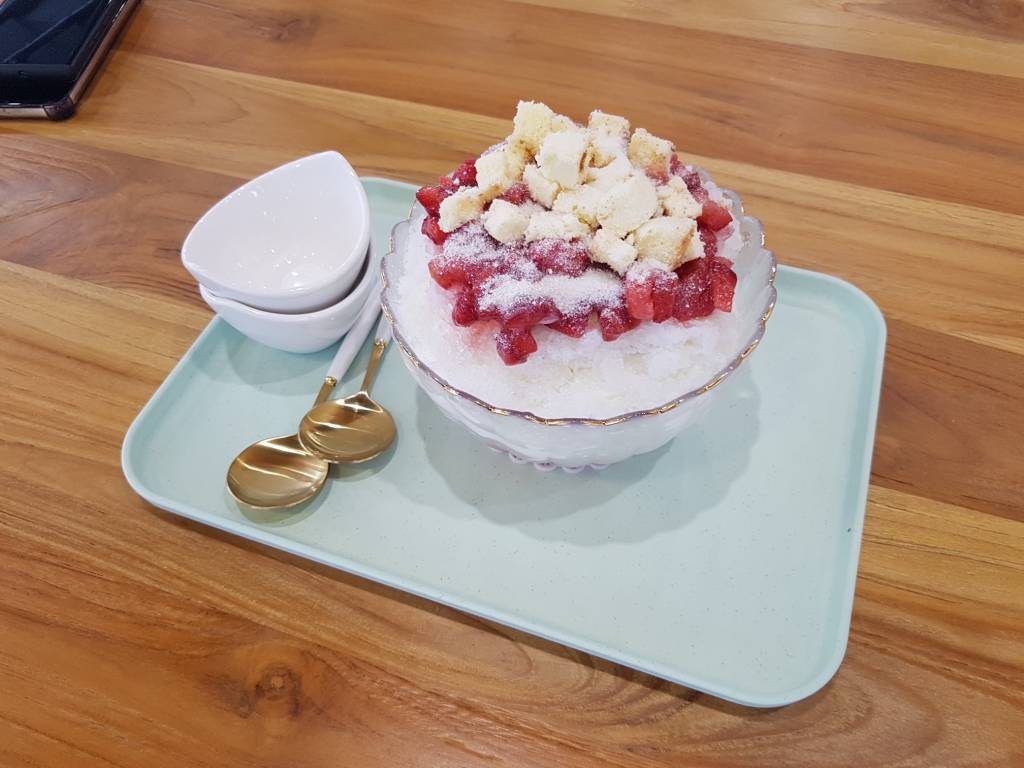
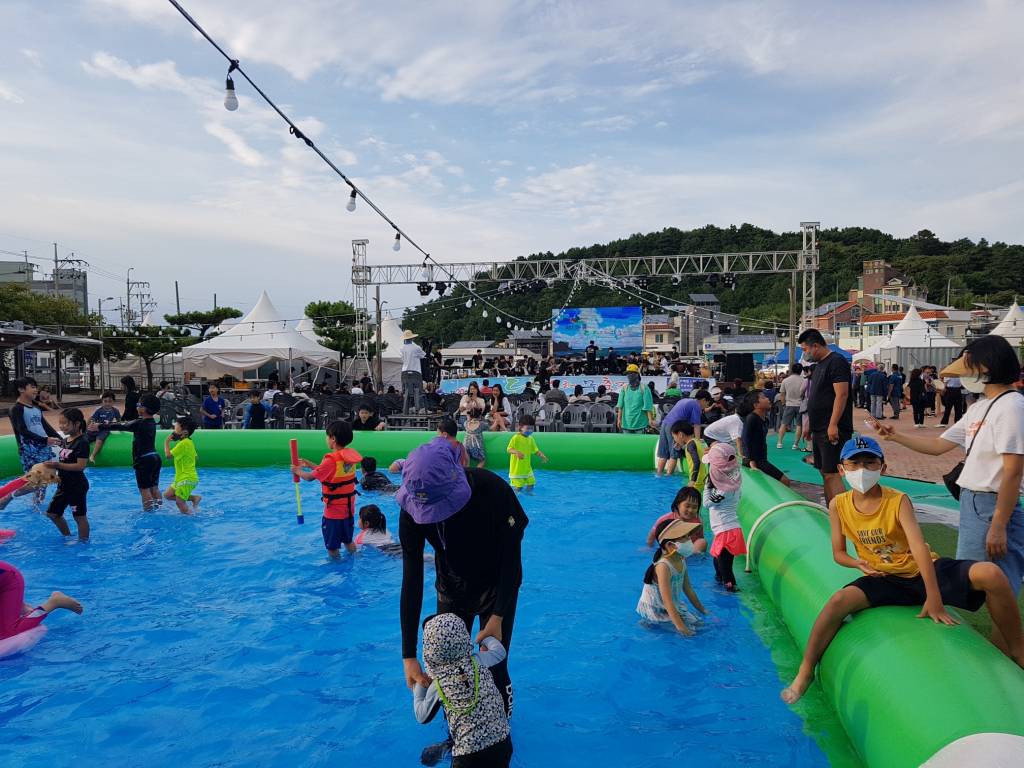
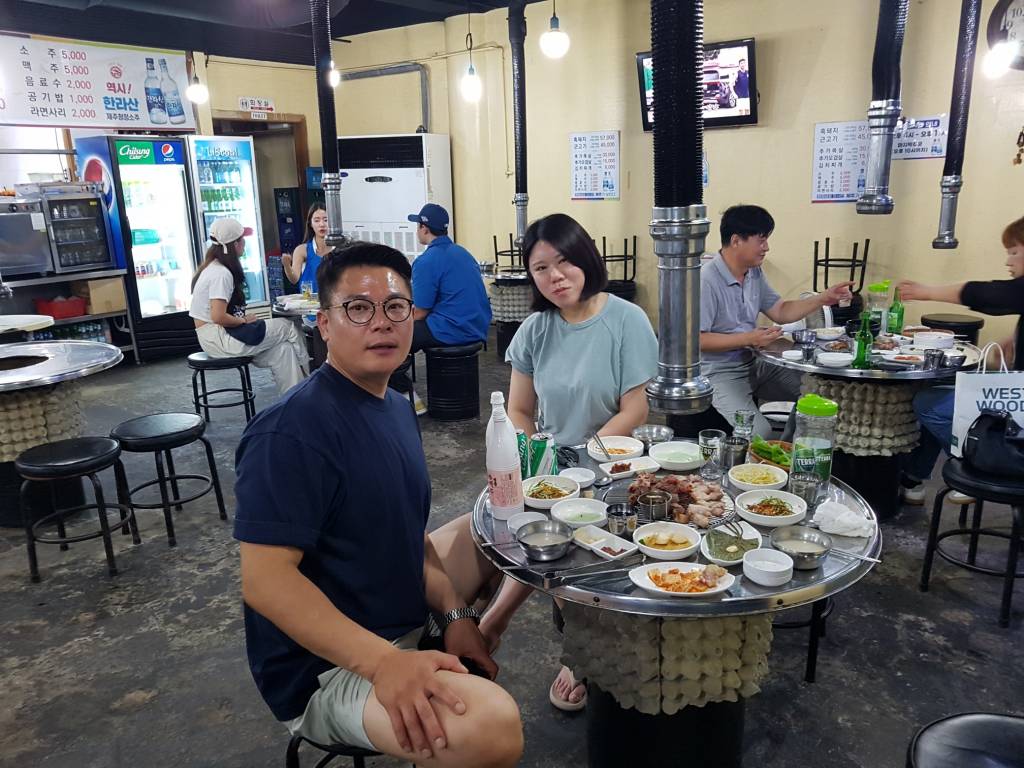
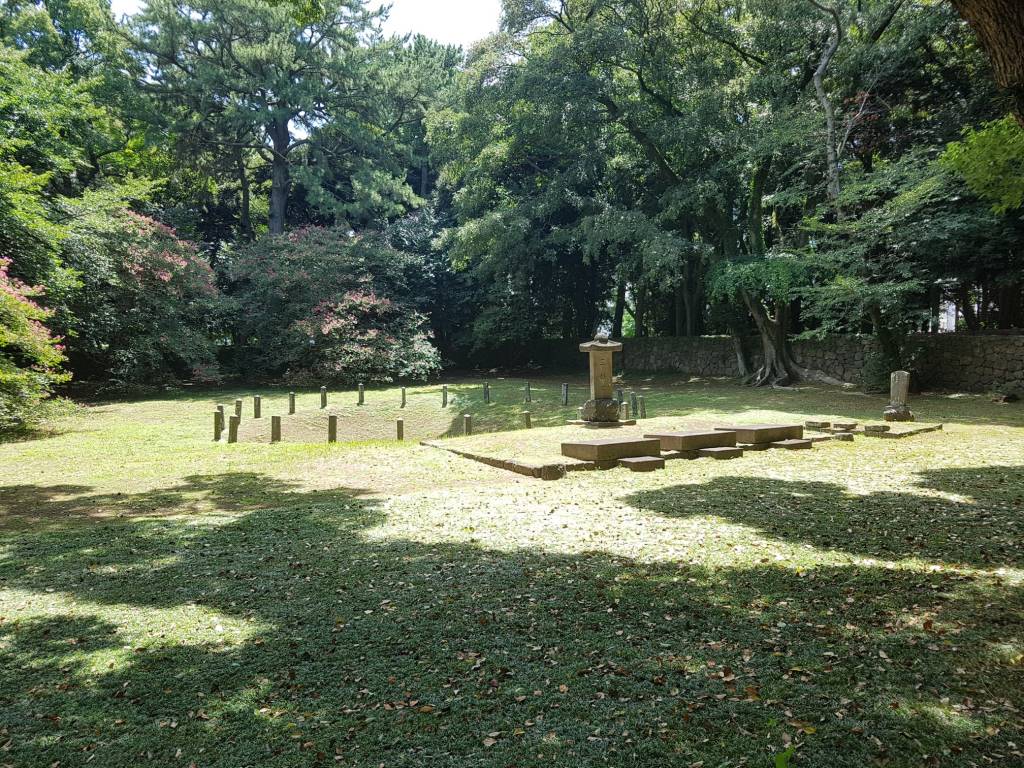

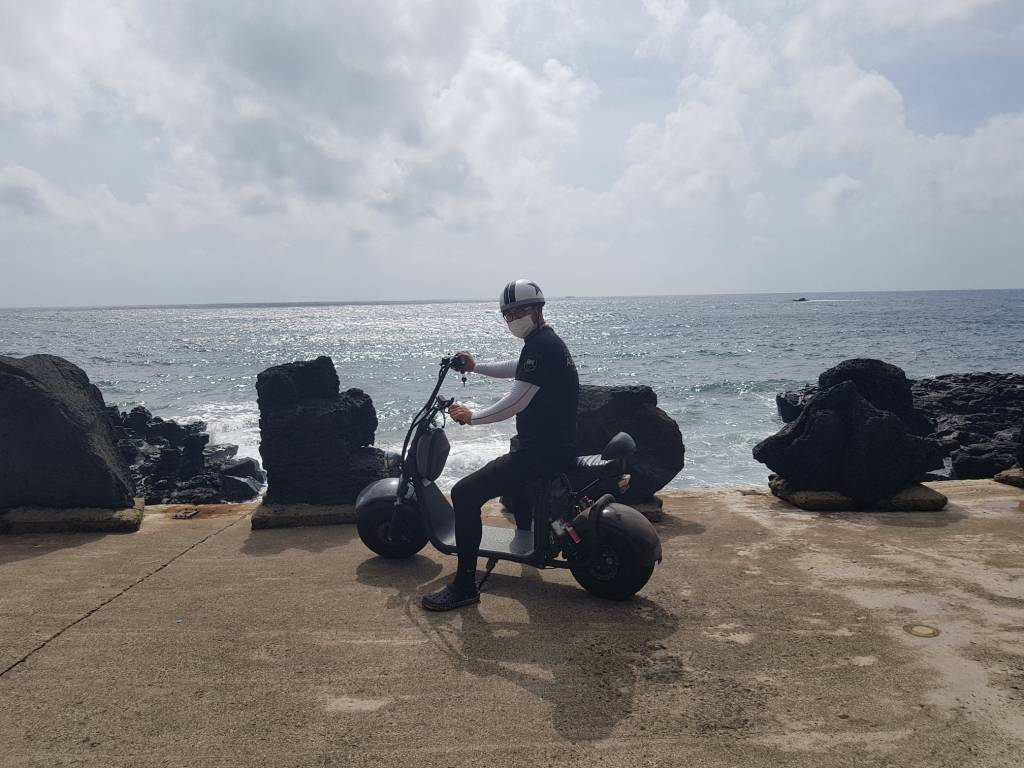
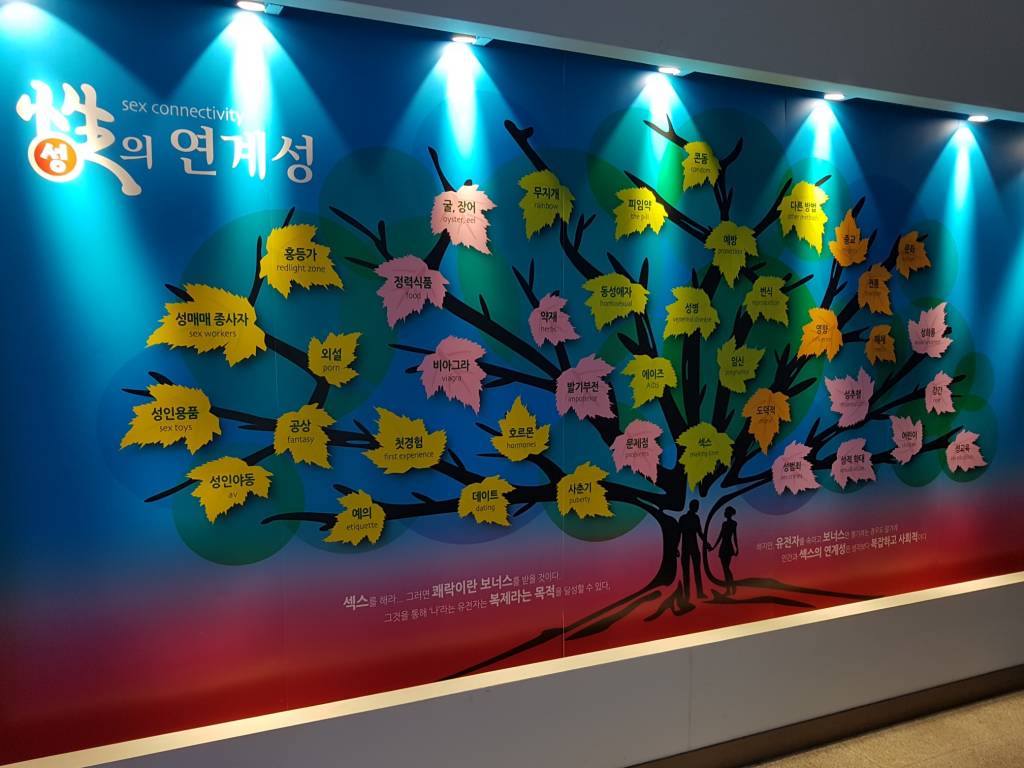
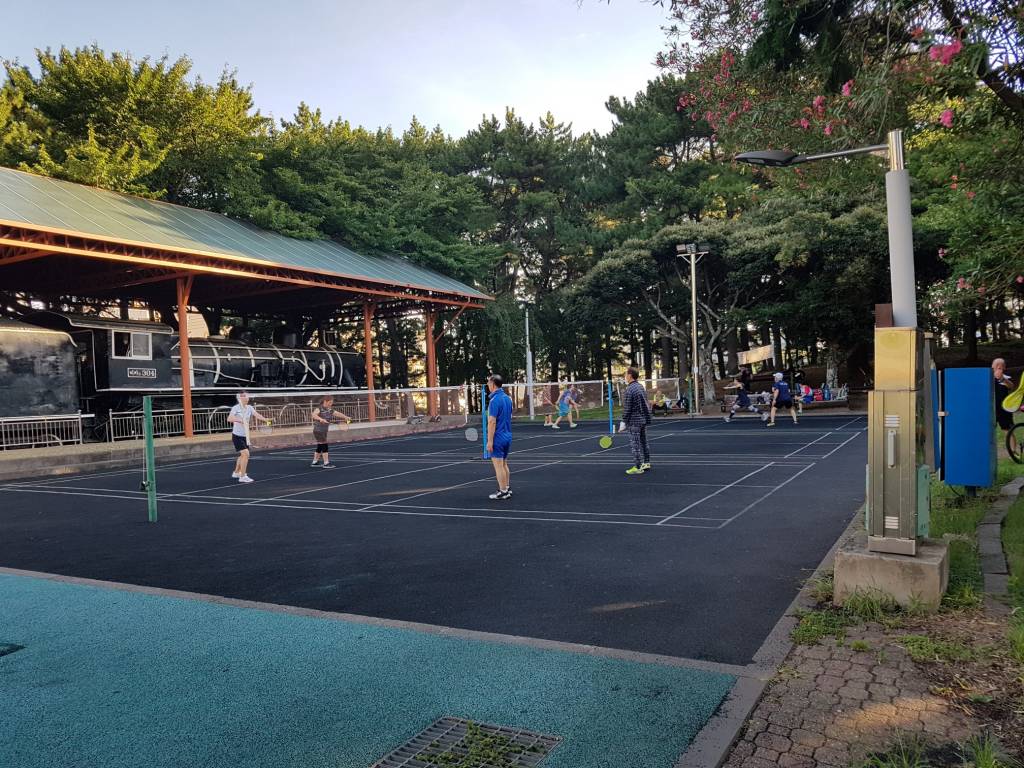

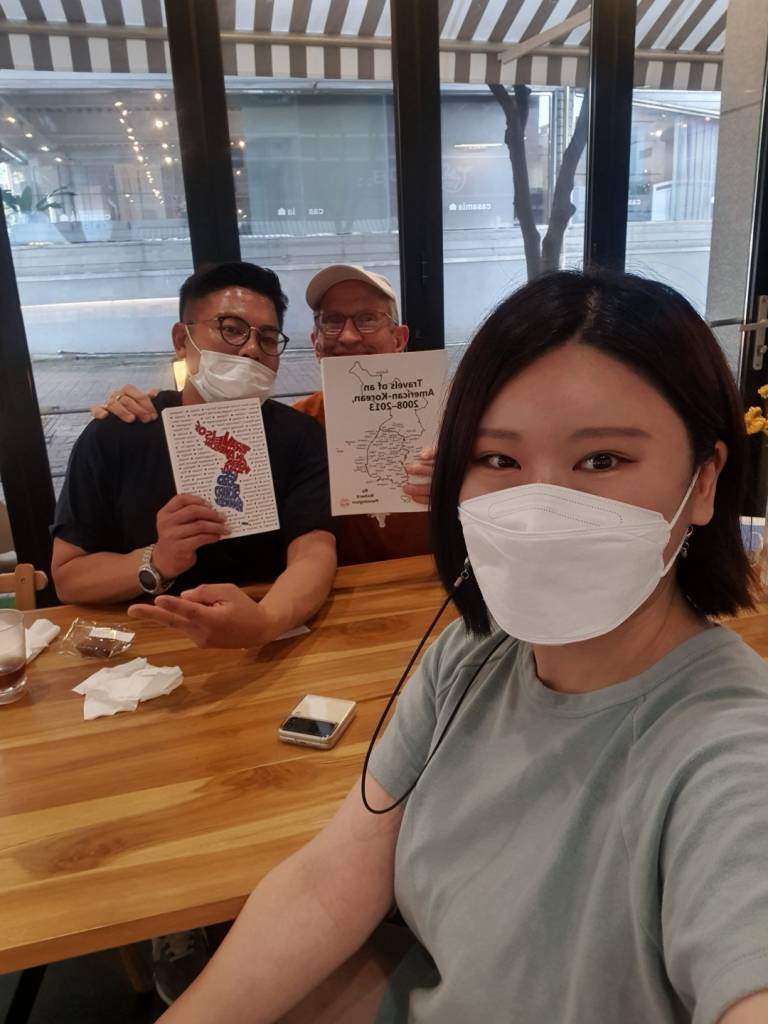
Bokyoung and us….

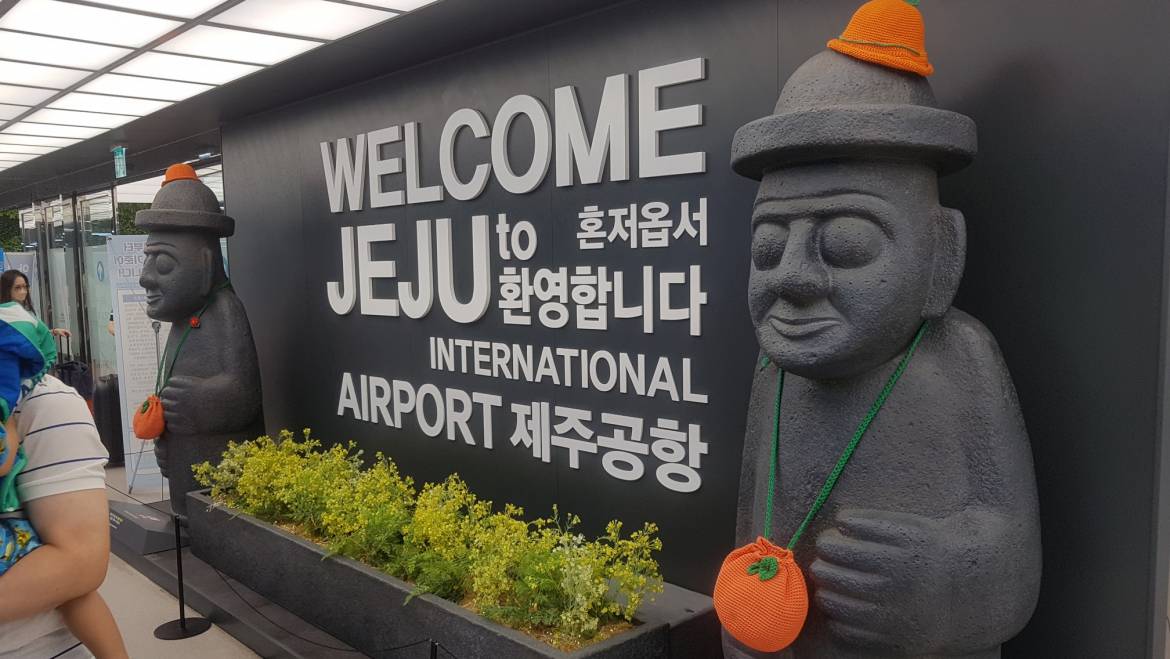
8 Comments
As always, I am envious of the clean, safe, and tasteful urban scene in Korea. Conversely, American cities have degenerated to being crime-ridden, dirty, and of perversion. Whatever the good people of Korea are doing is wonderful.
Good point, Darrell. Every morning when I go out here in Gangnam (Seoul), I see people sweeping the area in front of their homes or businesses. This is Korean culture.
I just think it is so funny, that you tell me “not sports”. I sorry but I don’t know of a lot of the places you are talking about but it is interesting. LiKe the pictures too. Thanks for sending. Keep me informed of how things are going.
Well, I give you credit for having read my story. Thanks, Janene. My health is pretty good these days. I will go back for another exam in September and hope for positive results.
good to now.your good yours right now sir!!you link you send me is verry good loking place..ihope you injoy sir
Thanks, Rona. You are right that Jeju is a special place.
I am glad for the pictures, since I had envisioned a different kind of fat tire e-bike. The ones in Dallas that I see around White Rock Lake are bicycles with a motor, complete with peddles…. but I get it now….the scooter you rode seem perfect for getting around the idyllic island, seeing all the beautiful scenery….perfect for tourism as opposed to also simultaneously getting some exercise by peddling…
There are many kinds of e-bikes…these had no peddles, and I liked it. Yes, Jeju is idyllic and beautiful to the max!
Add Comment